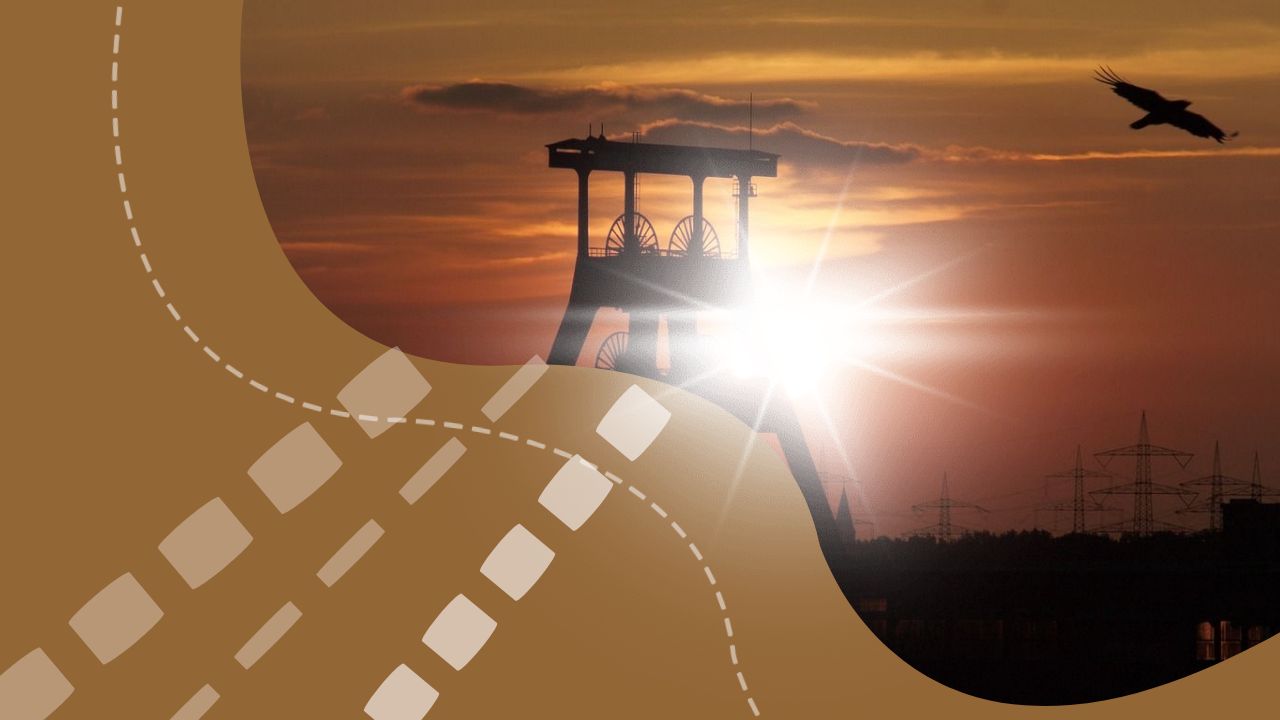The Svea mine produced millions of tonnes of coal in its lifetime but now it is being taken back by nature.
An Arctic mining site in Norway is being returned to nature in one of the country’s biggest-ever natural restoration projects.
Svea mine, a 40-minute helicopter ride from Svalbard’s main town of Longyearbyen, produced 34 million metric tonnes of coal in its lifetime. Opened in 1917, thousands of people worked there at its peak with a canteen, airfield, power plant and workshop built on the site.
It officially closed 100 years later and now its overgrown railway tracks lead nowhere.
Little is left of the more than 100 buildings that once stood on the site with only the most historically important structures preserved.

